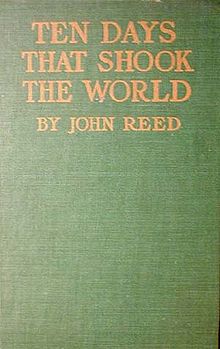
Lev Davidovich Bronstein, better known as Leon Trotsky, was a Russian revolutionary, Soviet politician, journalist, political theorist and founder of the Red Army. He was a central figure in the October Revolution, Russian Civil War, and the establishment of the Soviet Union. Alongside Vladimir Lenin, Trotsky was widely considered the most prominent Soviet figure and his de facto second-in-command during the early years of the Russian Soviet Republic. Ideologically a Marxist and a Leninist, Trotsky's thought and writings inspired a school of Marxism known as Trotskyism.

The October Revolution, also known as the Great October Socialist Revolution, or October Coup, was a revolution in Russia led by the Bolshevik Party of Vladimir Lenin that was a key moment in the larger Russian Revolution of 1917–1923. It was the second revolutionary change of government in Russia in 1917. It took place through an armed insurrection in Petrograd on 7 November 1917 [O.S. 25 October]. It was the precipitating event of the Russian Civil War.

The Russian Revolution was a period of political and social change in the Russian Empire, starting in 1917. This period saw Russia abolish its monarchy and adopt a socialist form of government following two successive revolutions and a bloody civil war. The Russian Revolution can also be seen as the precursor for the other European revolutions that occurred during or in the aftermath of World War I, such as the German Revolution of 1918–1919.

Trotskyism is the political ideology and branch of Marxism developed by Russian revolutionary Leon Trotsky and some other members of the Left Opposition and Fourth International. Trotsky described himself as an orthodox Marxist, a revolutionary Marxist, and a Bolshevik–Leninist as well as a follower of Marx, Engels, Vladimir Lenin, Karl Liebknecht, and Rosa Luxemburg.

The ten years 1917–1927 saw a radical transformation of the Russian Empire into a socialist state, the Soviet Union. Soviet Russia covers 1917–1922 and Soviet Union covers the years 1922 to 1991. After the Russian Civil War (1917–1923), the Bolsheviks took control. They were dedicated to a version of Marxism developed by Vladimir Lenin. It promised the workers would rise, destroy capitalism, and create a socialist society under the leadership of the Communist Party of the Soviet Union. The awkward problem, regarding Marxist revolutionary theory, was the small proletariat, in an overwhelmingly peasant society with limited industry and a very small middle class. Following the February Revolution in 1917 that deposed Nicholas II of Russia, a short-lived provisional government gave way to Bolsheviks in the October Revolution. The Bolshevik Party was renamed the Russian Communist Party (RCP).
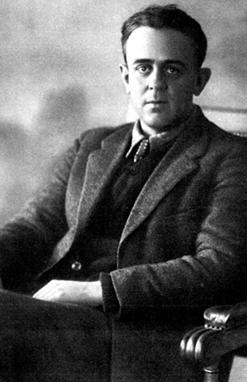
JohnSilas Reed was an American journalist, poet, and communist activist. Reed first gained prominence as a war correspondent during the Mexican Revolution for Metropolitan and World War I for The Masses. He is best known for his coverage of the October Revolution in Petrograd, Russia, which he wrote about in his 1919 book Ten Days That Shook the World.
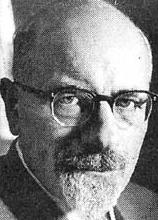
Isaac Deutscher was a Polish Marxist writer, journalist and political activist who moved to the United Kingdom before the outbreak of World War II. He is best known as a biographer of Leon Trotsky and Joseph Stalin and as a commentator on Soviet affairs. His three-volume biography of Trotsky was highly influential among the British New Left in the 1960s and 1970s.

October: Ten Days That Shook the World is a 1928 Soviet silent historical film written and directed by Sergei Eisenstein and Grigori Aleksandrov. It is a celebratory dramatization of the 1917 October Revolution commissioned for the tenth anniversary of the event. Originally released in the Soviet Union as October, the film was re-edited and released internationally as Ten Days That Shook The World, after John Reed's popular 1919 book on the Revolution.

Lenin's Testament is a document dictated by Vladimir Lenin in late 1922 and early 1923. In the testament, Lenin proposed changes to the structure of the Soviet governing bodies. Sensing his impending death, he also gave criticism of Bolshevik leaders Zinoviev, Kamenev, Trotsky, Bukharin, Pyatakov and Stalin. He warned of the possibility of a split developing in the party leadership between Trotsky and Stalin if proper measures were not taken to prevent it. In a post-script he also suggested Joseph Stalin be removed from his position as General Secretary of the Russian Communist Party's Central Committee. Although there are some historical questions regarding the document’s origins, the majority view is that the document was authored by Lenin.
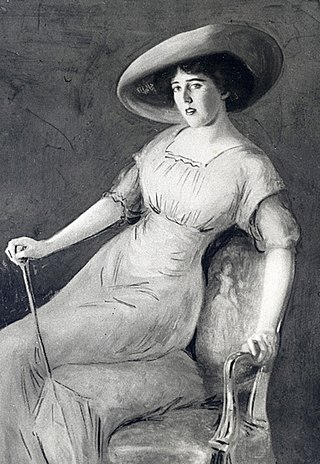
Louise Bryant was an American feminist, political activist, and journalist best known for her sympathetic coverage of Russia and the Bolsheviks during the Russian Revolution of November 1917.
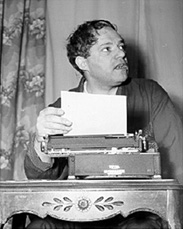
Louis Fischer was an American journalist. Among his works were a contribution to the ex-communist treatise The God that Failed (1949), The Life of Mahatma Gandhi (1950), basis for the Academy Award-winning film Gandhi (1982), as well as a Life of Lenin, which won the 1965 National Book Award in History and Biography.

V. Volodarsky was a Marxist revolutionary and Soviet politician. He was assassinated in 1918.
The Sisson Documents are a set of 68 Russian-language documents obtained in 1918 by Edgar Sisson, the Petrograd representative of the United States Committee on Public Information. Published as The German-Bolshevik Conspiracy, they purported to demonstrate that during World War I, Trotsky and Lenin as well as other Bolshevik leaders were agents directed by the German Empire to bring about Russia's withdrawal from the conflict.
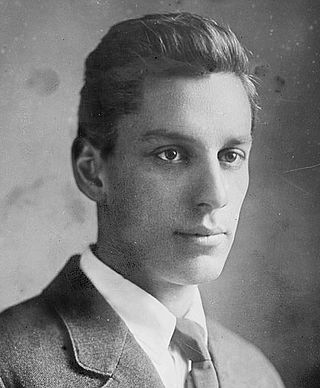
Max Forrester Eastman was an American writer on literature, philosophy and society, a poet and a prominent political activist. Moving to New York City for graduate school, Eastman became involved with radical circles in Greenwich Village. He supported socialism and became a leading patron of the Harlem Renaissance and an activist for a number of liberal and radical causes. For several years, he edited The Masses. With his sister Crystal Eastman, he co-founded in 1917 The Liberator, a radical magazine of politics and the arts.

History of the Russian Revolution is a two-volume book by Leon Trotsky on the Russian Revolution of 1917. The first volume is dedicated to the political history of the February Revolution and the October Revolution, to explain the relations between these two events. The book was initially published in Germany in 1930. It was originally published in Russian, but it was translated into English by Max Eastman in 1932. The English translation of the second volume, originally consisting of two parts, is split into two volumes. The book was considered anti-stalinist in the Soviet Union and was not published in Russia until 1997.
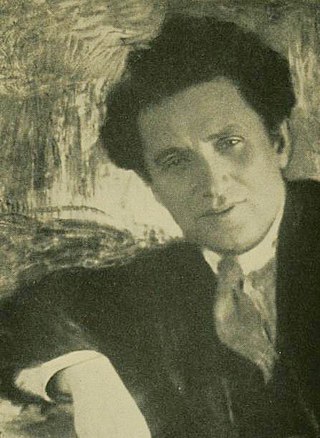
Grigory Yevseyevich Zinoviev was a Russian revolutionary and Soviet politician. An Old Bolshevik, Zinoviev was a prominent figure in the leadership of the early Soviet Union and served as chairman of the Communist International (Comintern) from 1919 to 1926.

Lev Borisovich Kamenev was a Bolshevik revolutionary and a prominent Soviet politician.

Tsar to Lenin is a documentary and cinematic record of the Russian Revolution, produced by Herman Axelbank. It premiered on March 6, 1937, at the Filmarte Theatre on Fifty-Eighth Street in New York City. Pioneer American radical Max Eastman (1883-1969) narrates the film. Because of its pro-Trotskyist position, the film was suppressed by the Stalinists of the American Communist Party and was only widely available in a shortened format in the Library of Congress until its re-release in 2012 by the Socialist Equality Party (US), who state that its predecessor, the Workers League, purchased the film from Axelbank in 1978 and organized showings of the film in the intervening period.
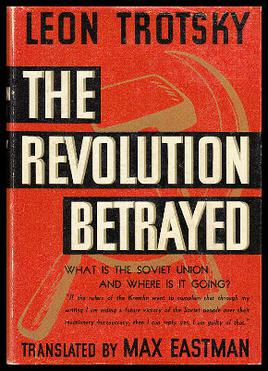
The Revolution Betrayed: What Is the Soviet Union and Where Is It Going? is a book published in 1936 by the exiled Soviet leader Leon Trotsky. This work analyzed and criticized the course of historical development in the Soviet Union following the death of Vladimir Lenin in 1924 and is regarded as Trotsky's primary work dealing with the nature of Stalinism. The book was written by Trotsky during his exile in Norway and was originally translated into Spanish by Victor Serge. The most widely available English translation is by Max Eastman.
Socialism in one country was a Soviet state policy to strengthen socialism within the country rather than socialism globally. Given the defeats of the 1917–1923 European communist revolutions, Joseph Stalin encouraged the theory of the possibility of constructing socialism in the Soviet Union. The theory was eventually adopted as Soviet state policy.
